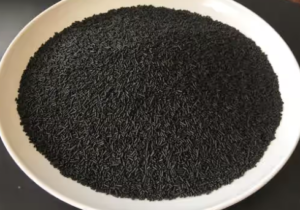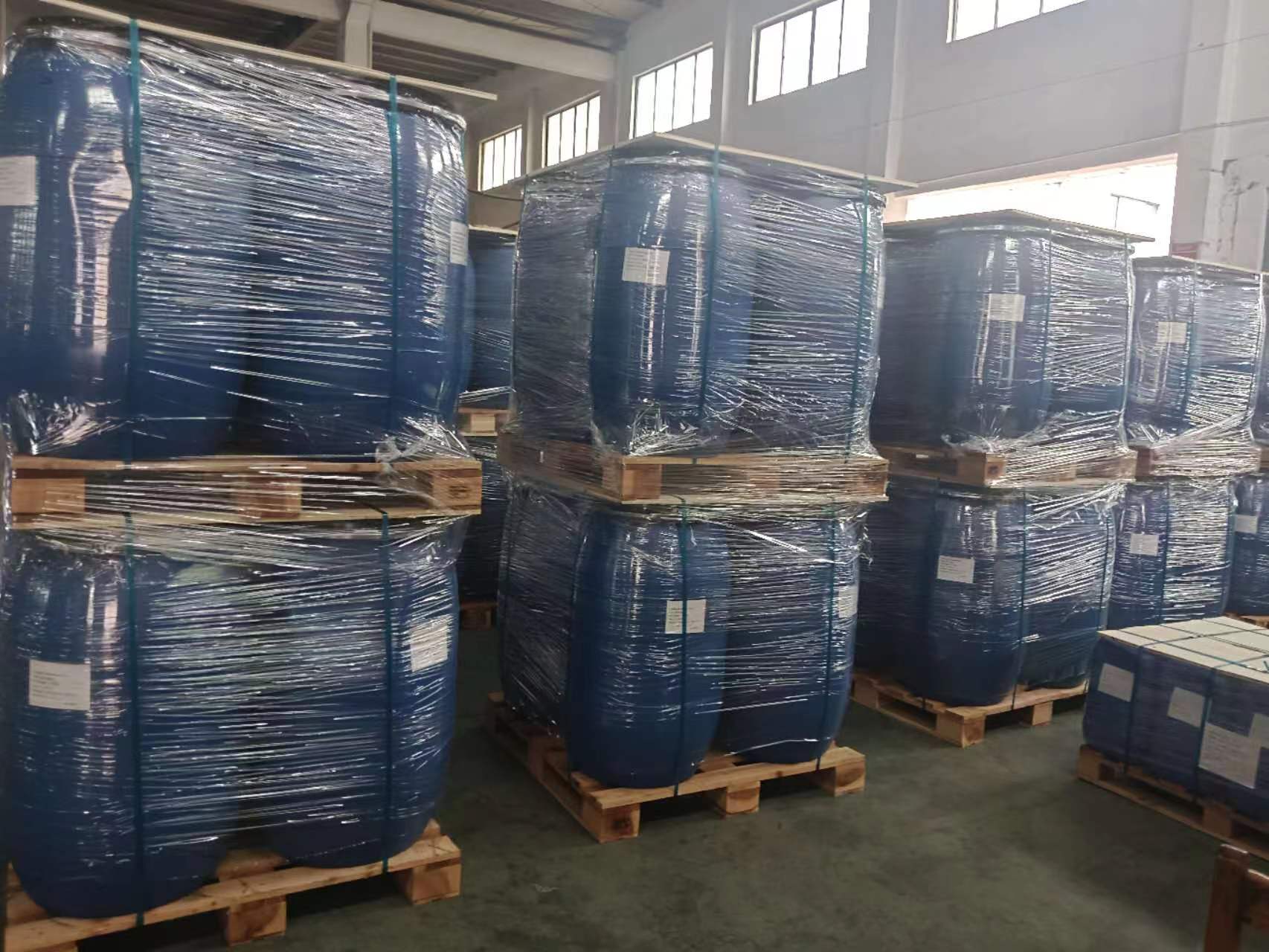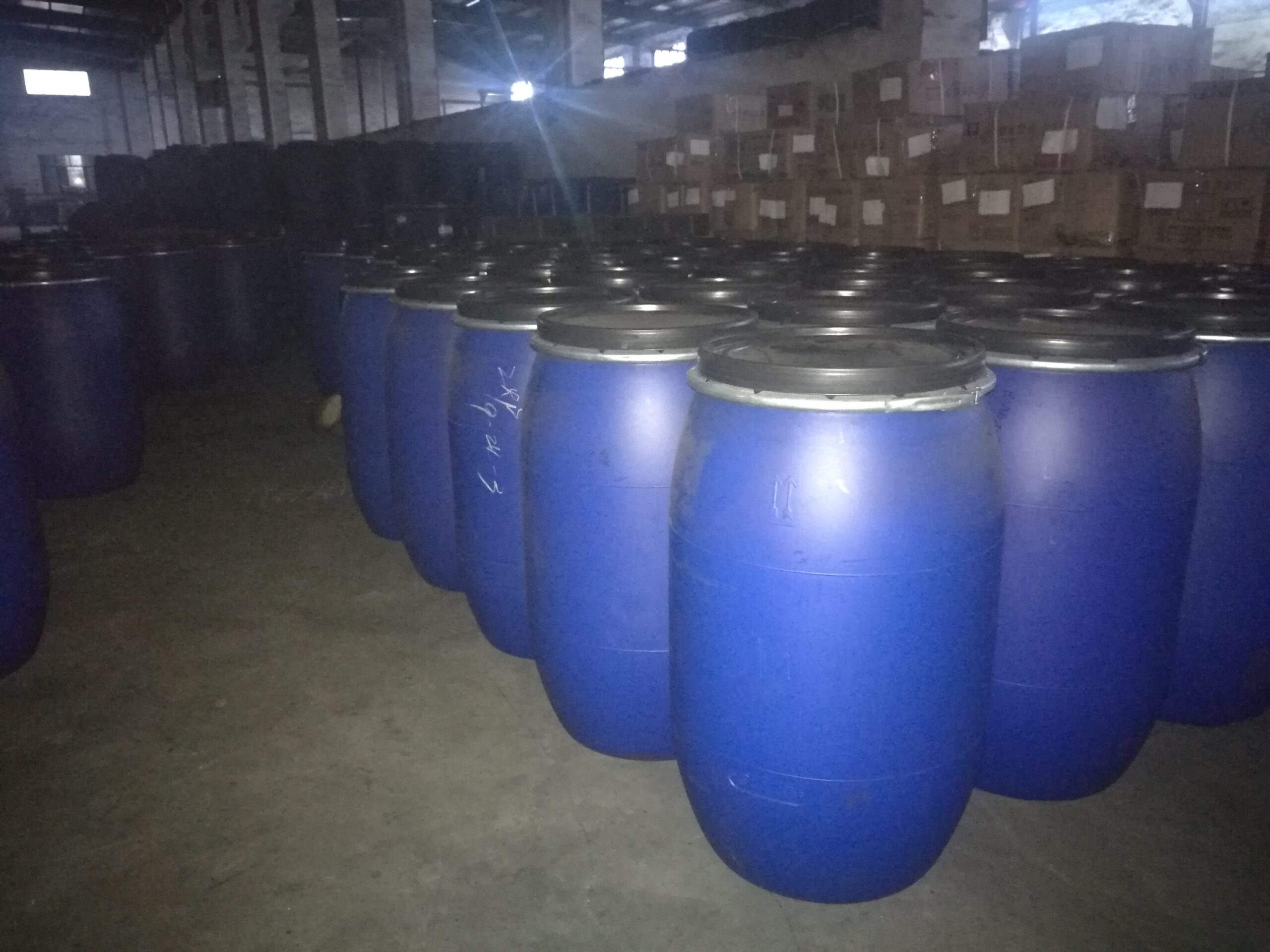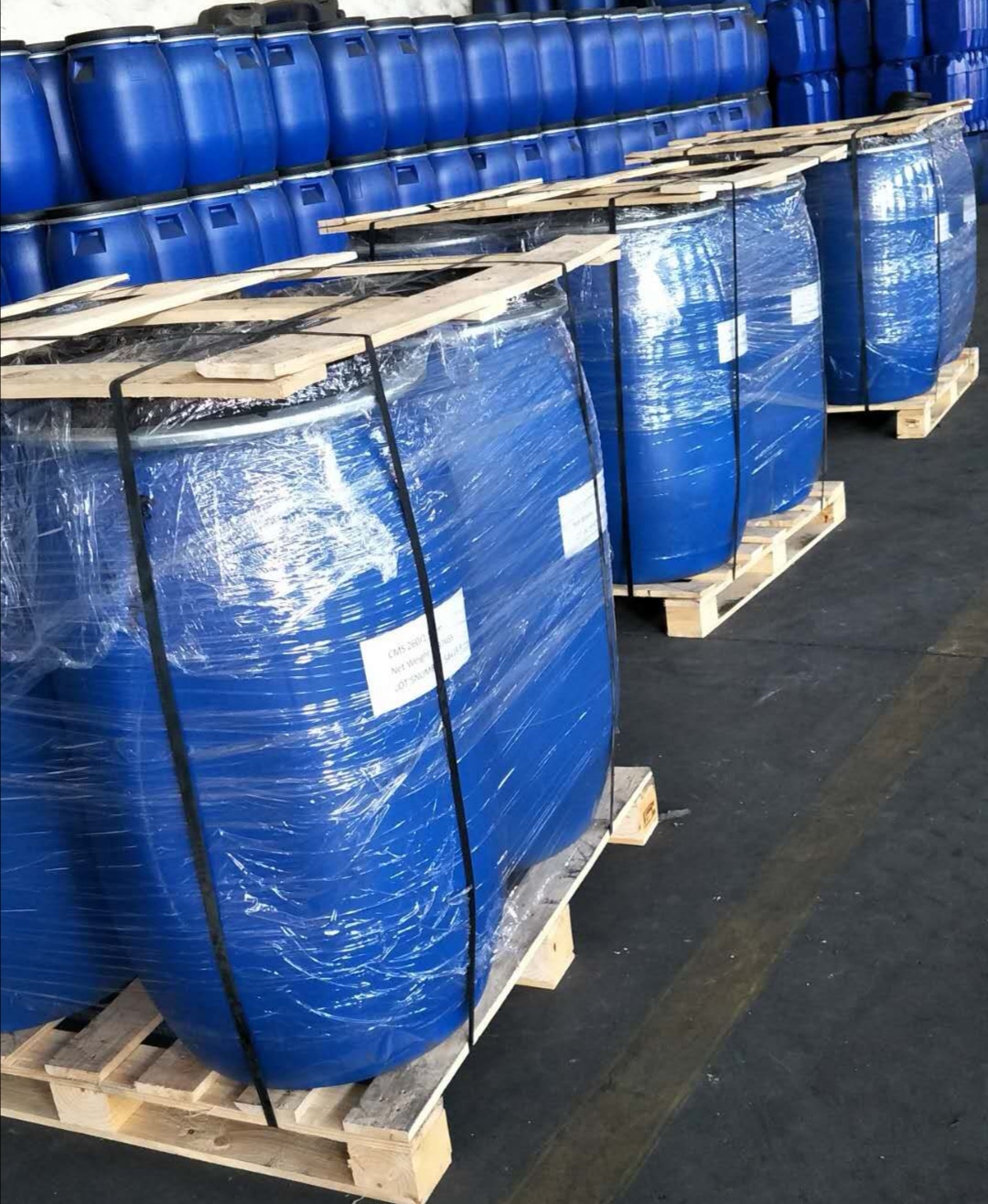How to make carbon molecular sieve?
Carbon Molecular Sieves (CMS) is a new type of adsorbent developed in the 1970s. It belongs to excellent non-polar carbon materials and is mainly used for separating air and enriching nitrogen. Its manufacturing process mainly includes three core steps: raw material processing, activation and pore formation, and pore structure adjustment. Oxygen and nitrogen separation is achieved by precisely controlling the pore size of micro pores (0.28-0.38nm). The raw materials are usually carbon-containing substances such as coconut shells, coal and resin. After being crushed, they are mixed with the based material (a material for enhancing strength), and then the pore size distribution is regulated through high-temperature activation and chemical deposition.
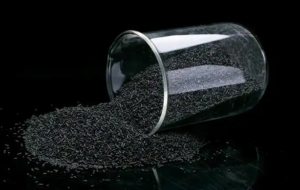
一、Raw material selection and pretreatment
The raw materials for carbon molecular sieves are widely available, including plant-based (such as coconut shells), coal-based (bituminous coal, anthracite), and synthetic resins (such as phenolic resin). Coconut shells are high-quality raw materials due to their high carbon content, low ash content and naturally uniform pore structure. Coal-based has a low cost but requires deep ash removal. Resins need to form precursors through polymerization reactions. The raw materials need to be crushed to 100-200 mesh first, and then mixed and kneaded with binders (such as asphalt, tar) to form plastic billets. During the kneading process, the moisture content (usually < 5%) needs to be controlled to ensure the stability of the subsequent extrusion strip forming.
二、Forming process
The pre-treated raw materials are formed into columnar particles (with a diameter of 1 to 2mm) by an extruder. The forming pressure needs to be maintained at 20 to 50MPa to ensure mechanical strength. After extrusion, the strips should be naturally air-dried or dried at a low temperature (80 to 120℃), and then cut into uniform lengths (3 to 5mm) by a strip cutting machine. The strength of the formed particles directly affects the subsequent activation efficiency. Generally, the compressive strength of a single particle is required to be ≥45N. To increase production, modern processes adopt continuous twin-screw extrusion technology, replacing the traditional intermittent single-furnace production (with a single-furnace output of less than 200kg).
三、Carbonization and activation
The formed particles are carbonized in an inert atmosphere (N₂ or Ar), with the temperature gradient controlled as follows: rising from 5-10℃/min to 600-800℃, and maintaining a constant temperature for 1-2 hours to allow the organic matter to thermalize and form initial pores. During the activation stage, water vapor, CO₂ or a mixed gas (600-1000℃) is introduced, and the specific surface area is expanded through reactions such as C+O₂→CO₂. The activation time is 10-60 minutes. The German company BF adopts a one-step activation and deposition technology, simplifying the traditional multi-step process (repeated heating and cooling) into a single completion, reducing energy consumption by more than 30%.
四、Aperture adjustment technology
The pore size of micropores is the key to the separation performance and needs to be precisely regulated by chemical vapor deposition (CVD). The vapors of hydrocarbons such as benzene and toluene were cracked at 400-900℃, and carbon was deposited on the inner walls of the channels to reduce the pore size to the target range (0.3-0.36nm). Iwatani Corporation of Japan has achieved a more concentrated pore size distribution through a two-step benzene deposition method (initial deposition followed by secondary fine-tuning), resulting in a nitrogen production of 260Nm³/h·t (with a purity of 99.5%). The domestic process, due to insufficient deposition uniformity, requires multiple cycle adjustments (3 to 6 times), resulting in increased energy consumption.
五、Echnological innovation and environmental protection technologies
The technological breakthroughs in recent years include: 1) Using industrial waste (such as distiller’s grains, flower mud scraps) to replace traditional raw materials, reducing costs by 80% and achieving zero emissions; 2) The vertical rotary furnace (such as patent CN202311149673.9) is adopted to achieve dynamic deposition of the substrate and improve uniformity. 3) Carbonization tail gas recovery technology, which uses the waste gas to regenerate the failed molecular sieves.
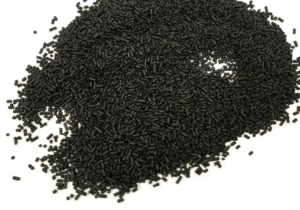
六、Quality control and performance indicators
Four core parameters need to be tested for the finished product: 1) Nitrogen production (≥200Nm³/h·t at 99.5% purity); 2) Bulk density (≥640g/L) 3) Crushing resistance (≥98%) 4) Moisture content (≤1%). The service life of imported molecular sieves (such as German BF-185) can reach 8 to 10 years, while the performance of domestic products declines by approximately 15% annually due to fluctuations in pore size distribution. The high-end market uses X-ray diffraction (XRD) and BET specific surface area analyzers to monitor the pore size distribution online.
七、Technological development trend
Future processes will develop towards high precision and automation: 1) Nanoscale channel modification technology (such as MOFS-derived carbon materials); 2) AI-controlled continuous production line, achieving unmanned operation throughout the entire process of carbonization – activation – deposition; 3) Low-carbon processes (such as microwave activation replacing traditional electric heating). Some of the domestic production have achieved large-scale production of coal-based molecular sieves, but the high-end market is still monopolized by Japanese and German enterprises.
八、Expansion of application fields
In addition to the traditional air separation nitrogen production, the new type of carbon molecular sieve has been used for: 1) methane /CO₂ separation (pore size 0.38nm); 2) VOCs waste gas treatment (specific surface area > 1000m²/g); 3) Hydrogen storage in fuel cells (micropore volume > 0.25cm³/g). The titanium-silicon composite molecular sieve developed in South Korea can increase the purity of ethylene to 99.99%, promoting the upgrading of the petrochemical industry.
